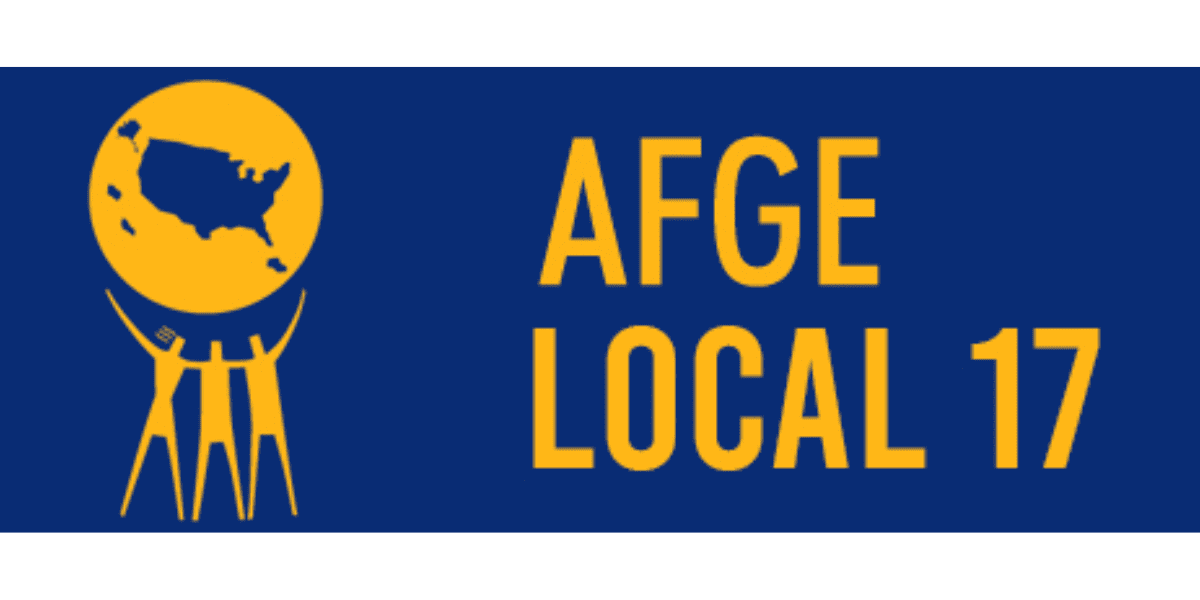 The past decade has seen an explosion in the use of contractors by federal agencies to perform a wide variety of government functions, most notably in the defense, intelligence and healthcare industries. According to USASpending.gov, the federal government spent well over $500 billion on contracts with private companies for products and services. This enhanced use, both in the United States and abroad, has raised numerous questions about the rights and responsibilities of these employees who work for a private company but have become an integral part of the mission of federal agencies.
The past decade has seen an explosion in the use of contractors by federal agencies to perform a wide variety of government functions, most notably in the defense, intelligence and healthcare industries. According to USASpending.gov, the federal government spent well over $500 billion on contracts with private companies for products and services. This enhanced use, both in the United States and abroad, has raised numerous questions about the rights and responsibilities of these employees who work for a private company but have become an integral part of the mission of federal agencies.
As novices in the multilayered legal and regulatory construct, contract personnel are often left in the dark as to how to navigate through this environment, particularly when disputes arise.
Contract employees, regularly embedded in the agency workplace, often report to two supervisors, one in the federal agency and one from the private sector contractor. Further complicating matters, DOD contractors may also have to deal with both military and civilian employees who often view workplace issues differently. Also, federal contracting officers regularly lack the manpower or training to effectively monitor and supervise the contractor workforce.
Fundamentally, resolution of disputes between contract employees and their federal employee colleagues or supervisors often creates a conflict between protecting the rights of the contract employee versus protecting the contractor’s relationship with its federal agency client for whom it is dependent upon for funding. Unlike their federal employee counterparts, contract employees have very limited avenues to obtain relief from their federal agency client/employer, especially regarding claims of discrimination or whistleblower reprisal.
The primary hurdle in seeking relief from a federal agency is for a contractor to establish that he or she is an “employee” of a federal agency under the statute from which they seek redress. Statutes such as Title VII of the Civil Rights Act of 1964, The Family Medical Leave Act of 1993, the Occupational Health and Safety Act, and the Uniformed Services Employment and Reemployment Rights Act employ different legal tests to determine whether a contractor is an “employee,” for purposes of coverage.
Courts interpreting these statutes have used the common law of agency test, the economic realities test or a hybrid of the two. Courts may also find that a “joint employment” relationship exists where both the agency and the contractor may be joint employers. However, if a contractor cannot show that he or she is an employee of a federal agency, then the contractor is without a means of relief from that agency. This burden of proof is the greatest hurdle to overcome for federal contractors.
The common law of agency test, used by the Equal Employment Opportunity Commission, looks at a collection of factors that focus on whether the employer controls “the means and manner of the worker’s work performance,” such as: 1)whether the employer has a right to control, when where and how the worker performs the job; 2) whether the work is performed on the employer’s premises; 3) whether the employer sets the hours of work and duration of the job; and 4) the worker is paid by the hour, week or month rather than the agreed cost of performing a particular job. Burkett v. Dep’t of the Air Force, EEOC Appeal No. 012007255 (2010). A complainant need not satisfy all of the listed criteria or even a majority of them. The question of whether a contractor is on the federal payroll is not determinative of whether they meet the definition of an employee. Administrative agencies and courts using this test look at all of the circumstances surrounding the relationship between the parties in determining whether an employer-employee relationship exists.
Alternatively, courts and administrative agencies interpreting statues that use the economic realities test look to whether the worker is economically dependent upon the federal agency principal or is in business for himself. This test, like the common law of agency test, is not clear cut and determinations are often made on a case by case basis. Some of the factors used include the degree of control exercised by the employer over the worker, the worker’s opportunity for profit or loss and whether the worker is an integral part of the business.
When courts use the hybrid version of analysis, they will often use the common law of agency test and then add additional factors, such as whether the employer had control over the means by which the employee could be terminated, whether the employee receives leave and retirement benefits and whether the employer pays social security taxes. Such sweeping standards leave contractors in a legal gray area, especially when employees are stationed abroad or in a warzone.
Some administrative agencies have made progress in the realm of accountability. The Merit Systems Protection Board (MSPB) recently held that a Department of Homeland Security contract worker had the right to hold the agency accountable to reemployment after active duty service under the Uniformed Services Employment and Reemployment Rights Act (USERRA). Silva v. DHS, 2009 MSPB 189 (2009). In this case, Silva’s formal employer, SPS Consulting, LLC, informed DHS of his reemployment rights and the agency replied that it would not reinstate him because they disapproved of his reemployment. The Board stated that DHS exerted direct control over SPS Consulting by preventing Silva’s reemployment and therefore fit the role as “employer” despite Silva not meeting the strict definition of “employee” under Title 5 of the U.S. Code.
One area where contractors have little or no means of seeking relief is in the realm of whistleblower protection. Currently, only contractors of the Department of Defense have an unqualified remedy for retaliation due to their disclosures of fraud, waste and abuse. 10 U.S.C. § 2409 provides defense contractors working for the Dept. of Defense (DoD), any military branch, and NASA, both in the U.S. and abroad, protection from reprisal for disclosures made to the proper authority including the Inspector General (IG) and Congress. If retaliation occurs and the IG grants relief, contractors are entitled to be restored to pre-retaliation conditions. 10 U.S.C.A. §2409(c)(1)(A)(2008). This includes possible back pay and employment benefits, reinstatement of post, and reasonable attorneys’ fees. 10 U.S.C.A. §2409(c)(1)(C)(2008).
The recently enacted American Economic Recovery Act (AERA) provides a similar framework for contractors of companies receiving funds pursuant to the AERA. Both statutes allow for de novo review by a federal district court where in addition to the above remedies, compensatory damages can be sought. Further, in the case of the AERA a specific right to a jury trial is also afforded. However, it is important to note that the remedies provided can only be sought for reprisal by private sector contractor, state or local government entity receiving AERA funds and not from a federal agency. Despite the advances of these statutes, little case law exists interpreting their provisions and a gaping hole remains with regard to the rights of the many contractors who fall outside of their boundaries.
Pending legislation in Congress has sought to fill in this gap in coverage. Senator Claire McCaskill (D-MO) introduced the “Non-Federal Employee Whistleblower Protection Act of 2009” in October of last year. The bill seeks to extend the same protections afforded to federal employees and DoD contractors to all federal, state, and local contractors. Currently, the bill has been referred to committee, but there is no definitive timetable for its consideration. While the notion of whistleblowing has been romanticized in books, magazines and in film, federal contractors have been left largely defenseless to the retaliatory actions of either their federal employee clients or their non-federal employers.
Despite recent political rhetoric decrying the use of contractors, contract employees remain a significant part of the federal workforce. Given the current state of the law, the primary means of seeking relief against a federal agency hinges upon a contractor’s ability to show that he or she is in fact an “employee” of that agency. By virtue of the nature of federal contracting, many contractors serve under the control and supervision of federal agencies, yet broad legal standards for the establishment of an employment relationship between them coupled with a lack of interpretive case law allow government agencies to shield themselves behind this ambiguity denying an effective remedy to contract employees they have mistreated.
Reprinted with permission from the National Law Journal © 2011 ALM Media Properties, LLC. Further duplication without permission is prohibited. All rights reserved. For information, contact 877-257-3382, reprints@alm.com or visit www.almreprints.com.



